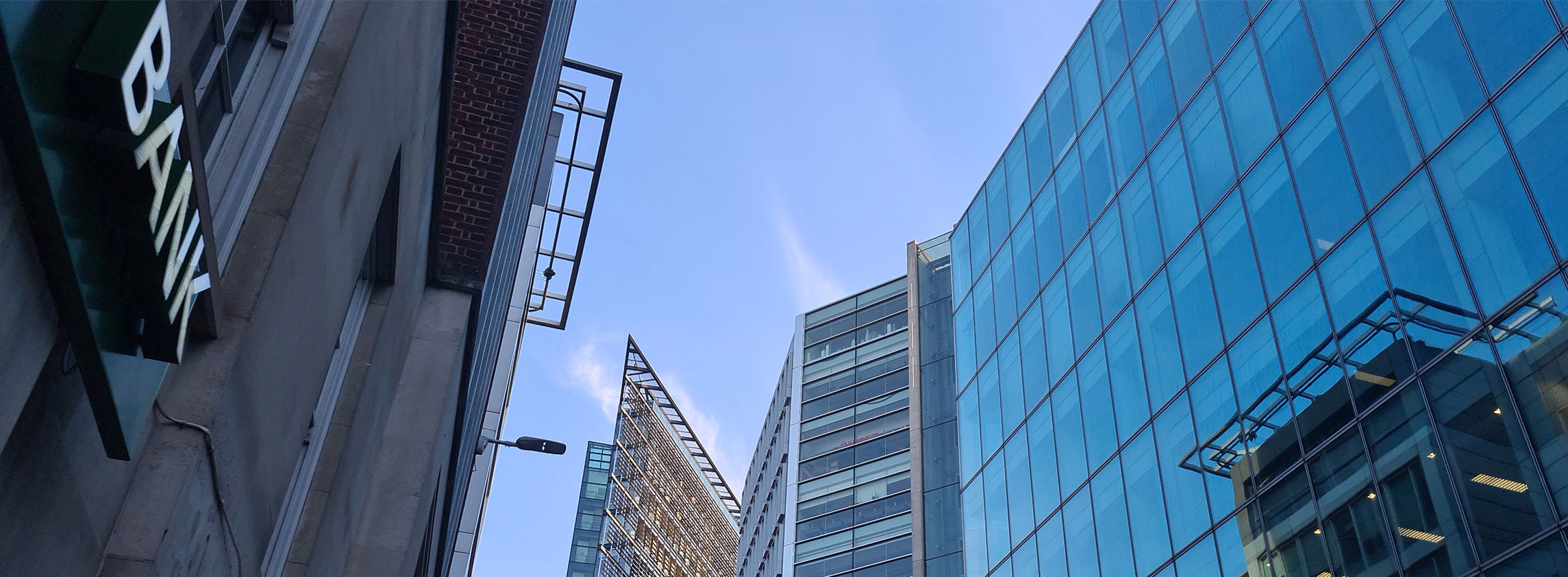Lack of stock driving prime pricing
While the overall prime yield remained broadly stable this month at 4.77%, it is clear from the number of arrows that our investment agents believe that there is some downward pressure to come.
The almost universally cited reason for this is 'lack of stock', even against a background of an increasingly thin definition of what defines 'prime' in some segments.
So, given the high prices on offer in many parts of the market, why aren’t more owners offering assets for sale? The most common explanation that we are hearing is the challenge of what you do with the proceeds when prices on what you might wish to invest in are also high. However, we also suspect that another factor is caution around the short-term trajectory for pricing.
Buyers are having to adapt to rising debt and refurbishment costs, as well as the cost of hedging against sterling if they are non-domestic. This will make it even more challenging for vendors to get reinvested, particularly if they are swinging towards a more cautious, long-income strategy in the face of the wider macro-economic volatility.
We expect to see this tension reduce over the remainder of the year, and there are definitely signs that a surge of asset sales is planned for the end of the year.
Paying low yields in times of rising debt costs requires a robust forward view on rental growth
With the risk-free rate on an upward trend (and the same arguably being true for some areas of depreciation), the current low prime yields can only stay stable if the forward rental growth story is also improving. If that is not the case, then we can conclude that it is only an imbalance between the number of buyers and sellers in the market that is keeping prices high (and that can end suddenly).
Starting with the easiest question to answer, we have no doubt that in the short term the occupational fundamentals in the logistics sector will continue to deliver higher than normal levels of rental growth. Q1 2022 saw yet another record level of logistics leasing, and the vacancy rate has fallen to its lowest ever level.
The optimist would point to strong employment growth and a nationwide imbalance between the supply of and demand for prime and green offices
Mat Oakley, Director, Commercial Research
However, as companies operating within warehouse space begin to better navigate post-Covid supply chains we expect the level of annual take-up to stabilise, albeit at a higher level than before 2020. This will take some of the current pressure out of the market as vacancy edges back to its recent average of 5.8%, which would imply lower rental growth than recently achieved.
The forward rental growth story for the UK office markets is more cloudy. While the pessimist would point to agile working, meaning that gross demand for office space must be lower in the future than it was in the past, the optimist would point to strong employment growth and a nationwide imbalance between the supply of and demand for prime and green offices.
As the chart below shows, we believe that this under-supply in the prime office segment will continue to deliver robust rental growth on the most in-demand types of office space. However, the rental growth outlook for the rest of the market is less comforting.
For a lover of fundamental pricing analysis that has to lead to the conclusion that yield softening is ahead for Grade B offices in particular, even if the evidence of this isn’t quite here yet.
UK households are facing a decline in real disposable incomes on a scale that hasn’t been seen since the Second World War, and as the chart shows this is pushing consumer confidence about the future down to record low levels.
The macro impact of this will be widespread, though at a regional level it will undoubtedly hit spending behaviour in the poorest regions hardest.
From a real estate point of view, the challenge will be most significant in the retail sector, where retailers’ costs are rising at a time when consumer spending growth will stall or fall.
Logistics, with its close linkage to retailing, will also feel the chill wind of consumer caution fairly quickly.
Arguably this leaves offices (so long as the tenants are not directly exposed to consumer behaviour) looking like the most defensive sector against this challenge.
